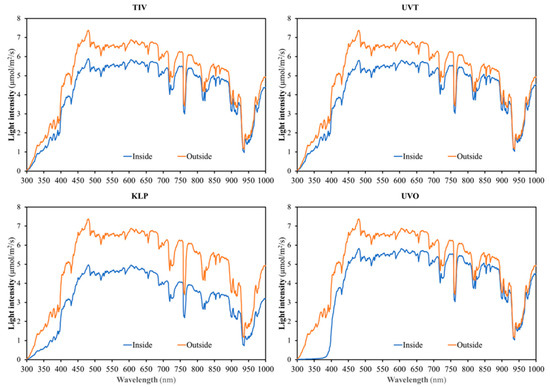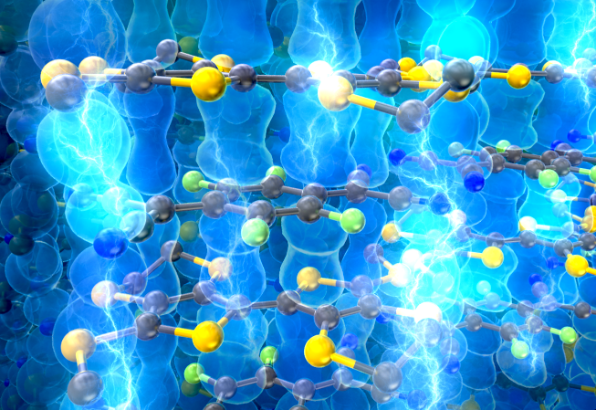2024-04-16 カリフォルニア大学校アーバイン校(UCI)
<関連情報>
- https://news.uci.edu/2024/04/16/uc-irvine-researchers-shine-light-on-rapid-changes-in-arctic-and-boreal-ecosystems/
- https://onlinelibrary.wiley.com/doi/10.1111/gcb.17151
- https://www.tandfonline.com/doi/full/10.1080/15230430.2023.2285334
- https://agupubs.onlinelibrary.wiley.com/doi/10.1029/2023GL107599
北アメリカの北方林生態系における山火事による光合成の増加 Wildfire-induced increases in photosynthesis in boreal forest ecosystems of North America
Jinhyuk E. Kim, Jonathan A. Wang, Yue Li, Claudia I. Czimczik, James T. Randerson
Global Change Biology Published: 22 January 2024
DOI:https://doi.org/10.1111/gcb.17151

Abstract
Observations of the annual cycle of atmospheric CO2 in high northern latitudes provide evidence for an increase in terrestrial metabolism in Arctic tundra and boreal forest ecosystems. However, the mechanisms driving these changes are not yet fully understood. One proposed hypothesis is that ecological change from disturbance, such as wildfire, could increase the magnitude and change the phase of net ecosystem exchange through shifts in plant community composition. Yet, little quantitative work has evaluated this potential mechanism at a regional scale. Here we investigate how fire disturbance influences landscape-level patterns of photosynthesis across western boreal North America. We use Alaska and Canadian large fire databases to identify the perimeters of wildfires, a Landsat-derived land cover time series to characterize plant functional types (PFTs), and solar-induced fluorescence (SIF) from the Orbiting Carbon Observatory-2 (OCO-2) as a proxy for photosynthesis. We analyze these datasets to characterize post-fire changes in plant succession and photosynthetic activity using a space-for-time approach. We find that increases in herbaceous and sparse vegetation, shrub, and deciduous broadleaf forest PFTs during mid-succession yield enhancements in SIF by 8–40% during June and July for 2- to 59-year stands relative to pre-fire controls. From the analysis of post-fire land cover changes within individual ecoregions and modeling, we identify two mechanisms by which fires contribute to long-term trends in SIF. First, increases in annual burning are shifting the stand age distribution, leading to increases in the abundance of shrubs and deciduous broadleaf forests that have considerably higher SIF during early- and mid-summer. Second, fire appears to facilitate a long-term shift from evergreen conifer to broadleaf deciduous forest in the Boreal Plain ecoregion. These findings suggest that increasing fire can contribute substantially to positive trends in seasonal CO2 exchange without a close coupling to long-term increases in carbon storage.
アラスカ内陸部の高山ツンドラ土壌特性に対するハンノキ低木の成長の影響 Implications of alder shrub growth for alpine tundra soil properties in Interior Alaska
Allison M.,Shawn A. Pedron,Robert Gus Jespersen,Xiaomei Xu,Brittney Martinez,Yezzen Khazindar, …
Arctic, Antarctic, and Alpine Research Published:20 Dec 2023
DOI:https://doi.org/10.1080/15230430.2023.2285334

ABSTRACT
The increase in deciduous shrub growth in response to climate change throughout the Arctic tundra has uncertain implications, in part due to a lack of field observations. Here we investigate how increasing alder shrub growth in alpine tundra in Interior Alaska corresponds to active layer thickness and soil physical properties. We documented increased alder growth by combining biomass harvests and dendrochronology with the analysis of remotely sensed Normalized Difference Vegetation Index and fire history. Active layer thickness was measured with a tile probe and carbon and nitrogen pools were assessed via elemental analysis. Shallower organic layers under increasing alder growth indicate that nitrogen-rich, deciduous litter inputs may play a role in accelerating decomposition. Despite the observed reduction in organic carbon stocks, active layer thickness was the same under alder and adjacent graminoid tundra, implying deeper thaw of the underlying mineral soil. This study provides further evidence that the widely observed expansion of deciduous shrubs into graminoid tundra will reduce ecosystem carbon stocks and intensify soil–atmosphere thermal coupling.
PLA IN LANGUAGE SUMMARY
Two consequences of rapid climate warming in the Arctic, where grass-like plants dominate under very cold conditions, are an increased growth and occurrence of shrubs and associated thaw of frozen ground. This exposes organic matter in soils to microbes that can decompose it into carbonaceous greenhouse gases, but some of this carbon loss may be offset by the increased plant growth. Here, we investigate the impacts of greater shrub presence on soil properties at five sites in Alaska. We documented shrub growth by analyzing satellite images, which can help us understand the productivity and/or leaf coverage at each site back in time, and annual growth rings in shrub stems, which show how old the shrubs are and how much they grow each year. We also measured the depth of soil thaw in the field and its organic matter content in a laboratory. Where shrubs were more common, we found a thinner layer of organic matter at the soil surface. Thaw depth remained the same, which may indicate that the presence of shrubs results in deeper thaw of the mineral soil. Our findings support the hypothesis that shrub expansion will further enhance warming-driven increases of greenhouse gas emissions from Arctic landscapes.
KEY POINTS
- Trends in dendrochronology and Normalized Difference Vegetation Index reveal increasing growth of alder shrubs in Interior Alaska.
- More alder cover results in the loss of the soil organic layer and thus soil C and N that is not offset by more shrub biomass.
- Increasing alder growth may promote permafrost thaw not captured by tile probe active layer thickness monitoring.
北極圏の熱波が低木からのイソプレン放出に大きな影響を与える可能性 Arctic Heatwaves Could Significantly Influence the Isoprene Emissions From Shrubs
Hui Wang, Allison Welch, Sanjeevi Nagalingam, Christopher Leong, Pitchayawee Kittitananuvong, Kelley C. Barsanti, Rebecca J. Sheesley, Claudia I. Czimczik, Alex B. Guenther
Geophysical Research Letters Published: 21 January 2024
DOI:https://doi.org/10.1029/2023GL107599

Abstract
Warming climate in the Arctic is leading to an increase in isoprene emission from ecosystems. We assessed the influence of temperature on isoprene emission from Arctic willows with laboratory and field measurements. Our findings indicate that the hourly temperature response curve of Salix spp., the dominant isoprene emitting shrub in the Arctic, aligns with that of temperate plants. In contrast, the isoprene capacity of willows exhibited a more substantial than expected response to the mean ambient temperature of the previous day, which is much stronger than the daily temperature response predicted by the current version of the Model of Emissions of Gases and Aerosols from Nature (MEGAN). With a modified algorithm from this study, MEGAN predicts 66% higher isoprene emissions for Arctic willows during an Arctic heatwave. However, despite these findings, we are still unable to fully explain the high temperature sensitivity of isoprene emissions from high latitude ecosystems.
Key Points
- The hourly temperature response curve of Arctic Salix spp. is similar to temperate plants and is well represented by the Model of Emissions of Gases and Aerosols from Nature (MEGAN) model
- The isoprene capacity of willows exhibited a pronounced response to the mean temperature of the previous day
- MEGAN predicts a 66% higher isoprene emission for Arctic willows during an Arctic heatwave after incorporating the findings of this study
Plain Language Summary
Isoprene plays an important role in atmospheric chemistry and climate. As the climate warms, ecosystems release more isoprene into the air due to higher temperatures and changes in plant species composition. The Arctic is a hotspot for climate change. In this study, we investigated how temperature affects isoprene emissions from Arctic willow shrubs by conducting experiments in both the lab and the field. Our results show that the response of Salix spp. (willows) in the Arctic react to short-term temperature changes is similar to plants in temperate regions. Interestingly, the amount of isoprene that willows release responds strongly to the average temperature of the previous day. This response is much stronger than predicted by models. Considering the insights from our study, isoprene emissions from Arctic willows are much higher during Arctic heatwaves than previously thought. This study can help us understand how isoprene from Arctic willows will affect atmospheric composition and climate and contribute to corresponding feedbacks on the local climate.



